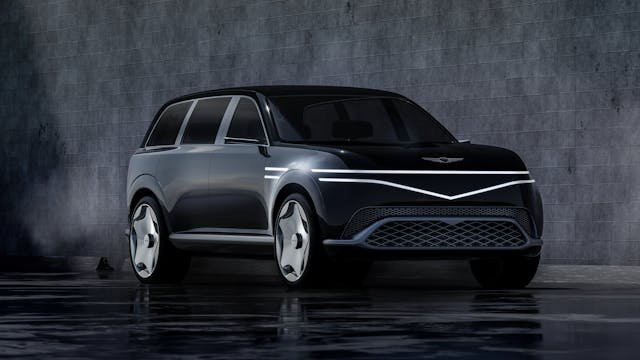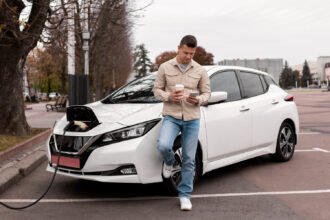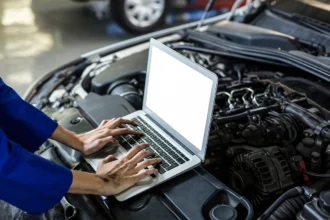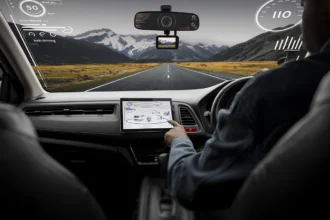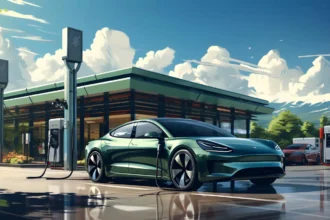Are you ready for a future where your car is smarter than ever before? What if your vehicle could predict traffic patterns, sync seamlessly with your smart home, and offer real-time health monitoring of your car’s performance? Welcome to the rise of car connectivity. 2024 is set to be a game-changer for connected vehicles, and this article explores what to expect in the world of automotive technology.
As car manufacturers ramp up their technological innovations, car connectivity is shifting from a luxury feature to a must-have for drivers. From enhanced safety features to in-car entertainment systems and AI-driven maintenance alerts, the scope of car connectivity is evolving at lightning speed. In this article, we’ll delve into the various advancements, the key features that make connected cars indispensable, and how they will impact your driving experience in 2024.
The Rise of Car Connectivity: What is It?
Car connectivity refers to the integration of internet, wireless communication, and cloud technologies in vehicles to provide seamless interaction between the car, the driver, and the surrounding infrastructure. These technologies are powered by advanced sensors, real-time data, and artificial intelligence (AI), enabling vehicles to communicate with each other, the environment, and the cloud to deliver an enhanced driving experience.
Why Is Car Connectivity Important?
In 2024, connectivity in cars will no longer be a luxury; it will be essential. The push for smarter transportation, coupled with consumer demand for increased convenience and safety, has made it critical for automakers to include advanced connectivity features in their new models.
- Safety Enhancements: Car connectivity systems can automatically alert authorities in the event of a crash, offer advanced driver assistance systems (ADAS), and enable vehicle-to-vehicle (V2V) communication to reduce accidents.
- Seamless User Experience: Integrated infotainment systems allow you to sync your smartphone, access apps, make calls, and use navigation tools effortlessly while keeping your hands on the wheel.
- Predictive Maintenance: Vehicles can send real-time data to alert drivers of potential maintenance issues before they become critical, reducing costly repairs and breakdowns.
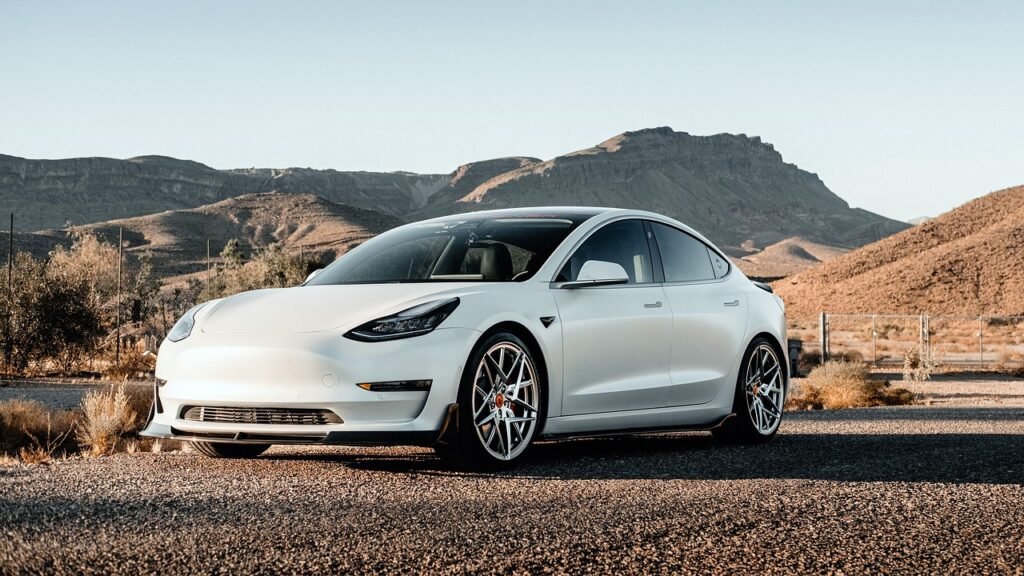
Key Features of Connected Cars to Expect in 2024
The connected car of 2024 will come packed with several new features aimed at enhancing both safety and convenience for drivers. Here’s what to expect:
1. 5G Connectivity
One of the most significant upgrades for connected cars in 2024 is the adoption of 5G technology. With faster data transmission speeds, 5G will enable real-time updates and seamless integration with smart city infrastructures, allowing cars to communicate with traffic lights, road sensors, and other vehicles.
- Benefits:
- Real-time traffic information
- Smoother video streaming and communication
- Faster software updates and security patches
2. Advanced Driver Assistance Systems (ADAS)
ADAS is becoming more sophisticated, utilizing connectivity to offer features like lane-keeping assist, automatic emergency braking, and adaptive cruise control. These features make driving safer by reducing human error, which is a major cause of road accidents.
- Key Components:
- Collision avoidance systems
- Lane departure warnings
- Adaptive cruise control
3. Vehicle-to-Everything (V2X) Communication
In 2024, V2X technology will allow vehicles to communicate not only with each other (V2V) but also with road infrastructure (V2I), pedestrians (V2P), and the cloud (V2C). This connectivity enhances the flow of traffic, reduces accidents, and allows for more efficient energy usage in electric vehicles.
- How It Works:
- V2V communication helps avoid collisions by alerting drivers to potential hazards.
- V2I communication can adjust traffic signals to improve traffic flow.
4. Infotainment and Smart Displays
In-car entertainment systems will evolve in 2024, incorporating larger, more intuitive displays, voice command options, and seamless integration with smartphones and wearable devices. Think of it as having your smartphone built into your dashboard with features like:
- Navigation and Traffic Alerts: Real-time updates on traffic conditions, weather, and road closures.
- Entertainment: Streaming services, video calls, and personalized playlists synced from your devices.
5. Enhanced Security Features
As connectivity grows, so do security concerns. In response, automakers are focusing on more robust cybersecurity measures, ensuring that connected vehicles are protected from potential hacks. Expect encrypted data transmission, multi-layer firewalls, and intrusion detection systems in 2024 models.
Benefits of Car Connectivity for Drivers
The connectivity revolution in cars brings numerous benefits for drivers. Here’s a breakdown of how these advancements will improve your driving experience:
| Feature | Benefit |
|---|---|
| Real-time Data | Access up-to-date information on traffic, weather, and road hazards |
| Increased Safety | Features like ADAS and V2X reduce accidents and improve road safety |
| Convenience | Syncing with smart homes, making calls, and controlling settings easily |
| Cost Efficiency | Predictive maintenance lowers repair costs and improves vehicle longevity |
| Personalized Experience | AI-powered systems that learn driver preferences for a tailored experience |
How Car Connectivity Will Shape the Future of Driving
Car connectivity will redefine the driving experience in ways we are just beginning to understand. Here’s what the future holds:
1. Autonomous Driving
With the rise of car connectivity, fully autonomous vehicles are becoming more of a reality. Cars will be able to navigate complex environments, avoid obstacles, and make decisions without human input. By 2024, expect to see semi-autonomous vehicles with features like automated parking and highway driving assist.
2. Smart Cities Integration
Imagine a world where your car talks to the city infrastructure. Smart cities of the future will use connected cars as part of their ecosystem to manage traffic, reduce congestion, and optimize energy usage. This type of integration will become commonplace in 2024 as cities begin to adopt smarter technologies.
3. Environmental Impact
Connectivity will also help reduce the environmental footprint of cars. Electric vehicles (EVs) will benefit from connected charging networks, allowing drivers to locate charging stations in real-time, check availability, and even reserve a spot in advance. This seamless connection will make EVs more convenient and efficient, accelerating their adoption.
Frequently Asked Questions (FAQs)
Q: What is car connectivity?
A: Car connectivity refers to the integration of internet and wireless communication technologies in vehicles to allow them to interact with their environment, the cloud, and other devices for improved safety, convenience, and efficiency.
Q: Will all cars in 2024 be connected?
A: While not all cars will be fully connected, the majority of new vehicles in 2024 are expected to feature some level of connectivity, whether through infotainment systems, ADAS, or vehicle-to-vehicle communication.
Q: Is car connectivity safe from hacking?
A: Automakers are aware of cybersecurity risks and are implementing advanced encryption, firewalls, and intrusion detection systems to protect against hacks. Car connectivity in 2024 will be much safer due to these advancements.
Q: How does 5G improve car connectivity?
A: 5G enables faster data transmission, allowing real-time updates, seamless cloud integration, and more responsive vehicle-to-vehicle and vehicle-to-infrastructure communication.
Q: How will connected cars impact the environment?
A: Connected cars, especially electric vehicles, can optimize energy usage, reduce traffic congestion, and provide real-time feedback to drivers on how to drive more efficiently, contributing to lower emissions and energy consumption.
Conclusion
The rise of car connectivity in 2024 marks a new era in automotive innovation. With features like 5G connectivity, advanced driver assistance systems, and vehicle-to-everything communication, the way we drive is about to change drastically. From increased safety to enhanced convenience, car connectivity offers a glimpse into a smarter, more connected future. As we move towards autonomous driving and smart city integration, one thing is clear: the future of driving is here, and it’s connected.


